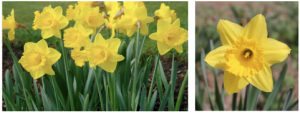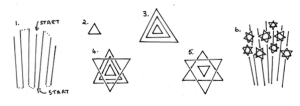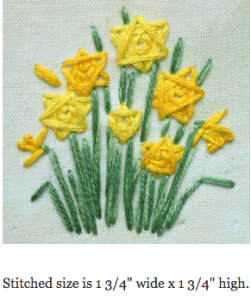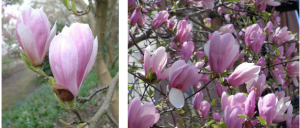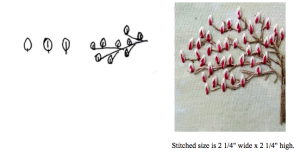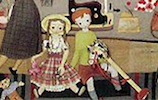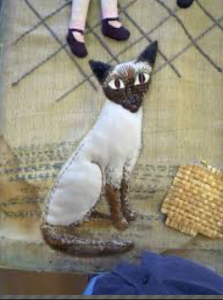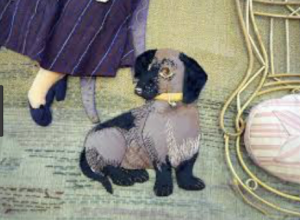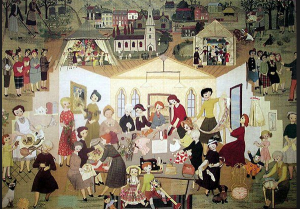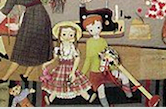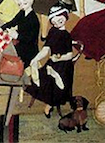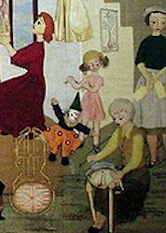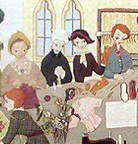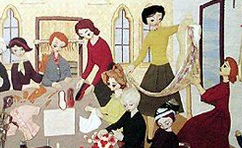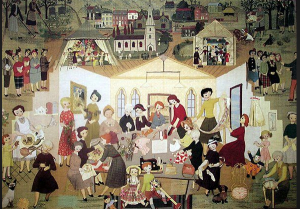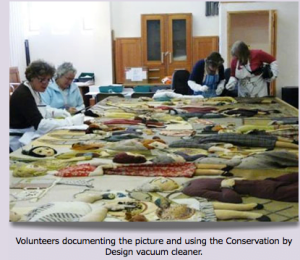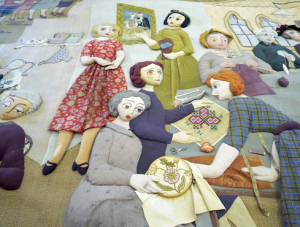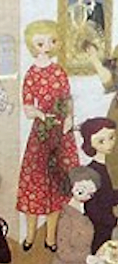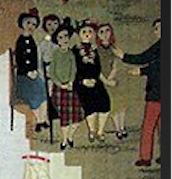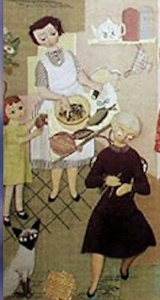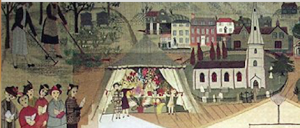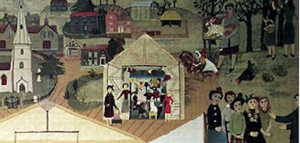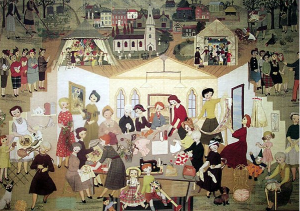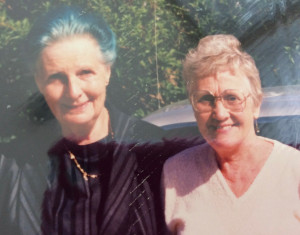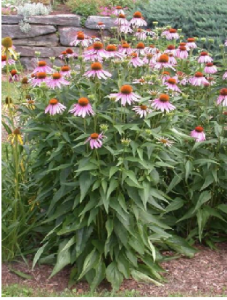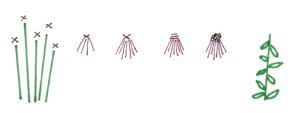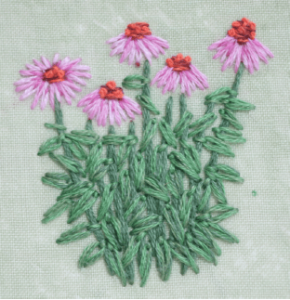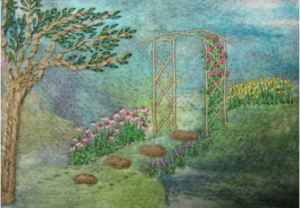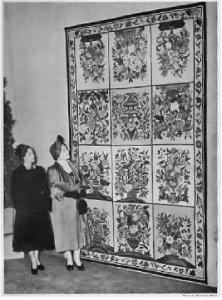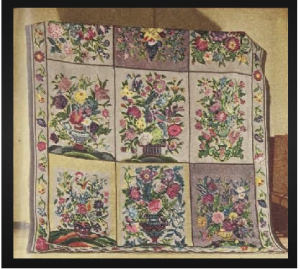I study Classics and Archaeology at school so the study of burial practices is really important to my field because they’re the best preserved form of material culture that remains for us of ancient peoples and their society. Burials are how people respect and remember their ancestors so studying how they chose to bury their dead allows us to learn about what sorts of things ancient people valued.
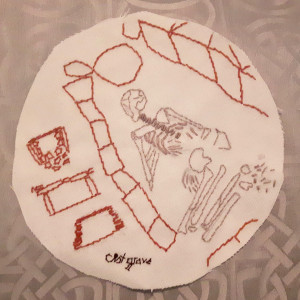
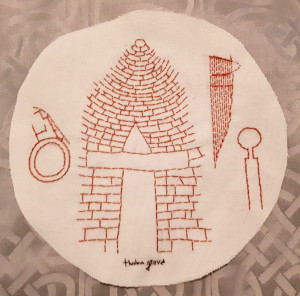
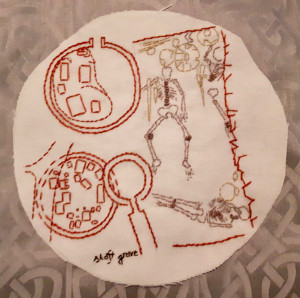
This is a creative comparison project between the three main burial practices of Bronze Age Greece. I had the option to pick between writing an essay or a creative project so the choice was an easy one. hahaha!
(Just thought I would include a little explanation there so it doesn’t seem quite so morbid to stitch skeletons).
Grandma Marlene tells me that the professor was very happy with the creative media you chose for this subject.

Chloe’s introduction to stitching was a few years ago through Hand Stitch Recognizable Spring Flowers. As you will see from the examples of her work, spring flowers is not exactly her choice of subject. She took the information and used it in her own way. Which is wonderful! I totally approve of her individual creativity. Here are some more examples of her work.

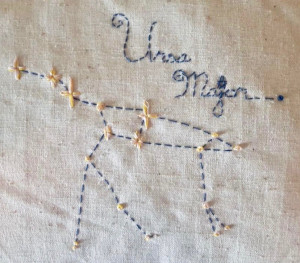
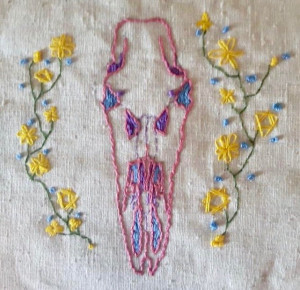
The subject matter of these pieces are all very different. The last one is an animal skull (I think) which is unusual subject for stitching.
Congratulations Chloe. Your work is different and refreshing. Best wishes to you from myself and the readers of this blog. I hope that they will send in comments so that I can relay them to you.
